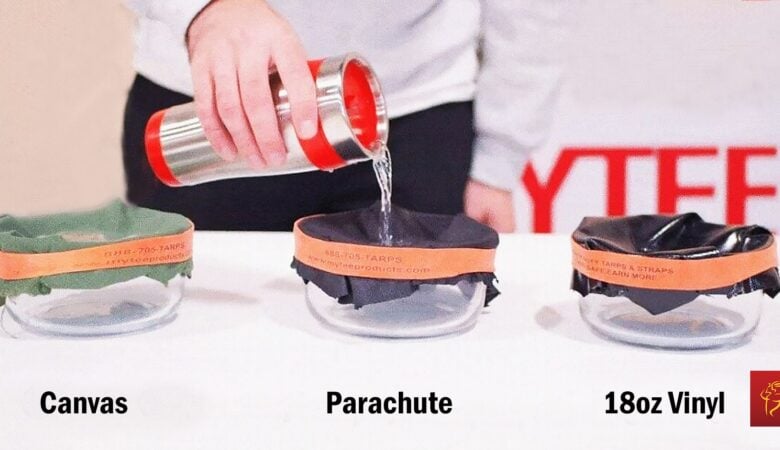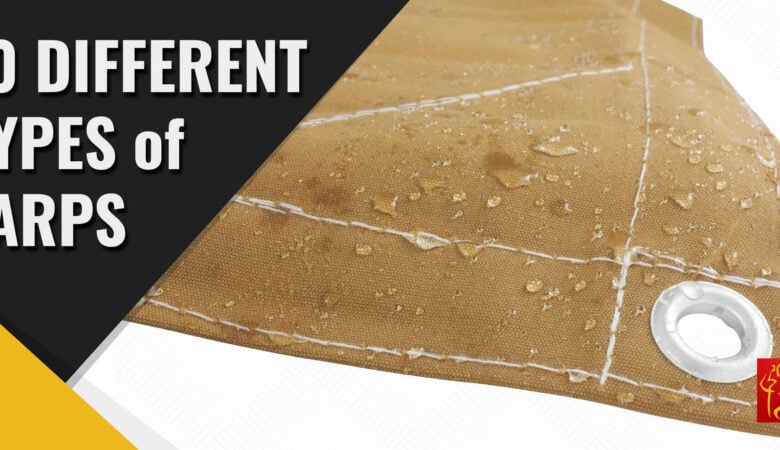With fall a few weeks away, temperatures will begin to drop sooner than we realize. The end of summer is a good time to revisit & assess methods to safeguard property during the colder months of the year. Blowing and drifting snow can be a real problem during the winter months. Snowdrifts block driveways, hamper work on construction sites, make driving unsafe, and create many problems in parking lots. Preventing drifts and other accumulations of snow is, therefore, a high priority in many parts of the country. We have been asked whether our privacy screen mesh will work as a snow barrier. The answer depends on what you are trying to accomplish.

A privacy screen mesh is primarily intended to be a visual obstruction. For example, a construction company may not want the general public to see what is being built until the final stages of the project. A homeowner may want a certain amount of privacy around his/her property until such time as trees and shrubbery can be planted.
As a snow barrier, a privacy screen mesh would work to some degree. However, it might not be ideal when there is heavy snowfall. Allow us to explain the rationale behind it.
Blowing and Drifting Snow
The biggest problem with snow is the blowing and drifting. Wind picks up snow and carries it great distances, dropping it seemingly indiscriminately in locations where it is most inconvenient. Nevertheless, how, and why, does this happen?
Winds high enough to blow snow must also be relatively close to the ground in order to be problematic. The blowing snow remains airborne only as long as wind speed remains consistent. If wind speeds slow down, even momentarily, the snow loses its momentum and falls to the ground. This is what creates snowdrifts. This natural law of physics is behind the design of the orange and yellow snow fences you can buy at the DIY store.
If you have seen one of these snow fences, you know that they do not look as if they would be very effective because the gaps between individual ‘links’ are so great. Nonetheless, those gaps are the secret to the success of the snow fence. They allow the wind to keep blowing through, yet they slow it down just enough to cause the snow to lose its momentum and fall to the ground. Anyone who has used a snow fence knows that a drift will form a few feet in front of the fence while the area on the other side remains clear of snow.
Privacy Screen Vs a Snow Fence
Privacy screen mesh is obviously a much denser product. It will not slow down the wind as much as stop it in its tracks. Therefore, as a snow barrier, there are a couple of things to consider. First is the wind speed. If the wind is strong enough to cause blowing and drifting snow, will it be strong enough to damage privacy screen mesh? Perhaps. That is why a privacy screen product is installed using heavy-duty metal posts spaced appropriately. A snow fence, on the other hand, can be supported by just a few wooden strips placed every 8 to 10 feet.
The other thing to consider is where the wind will go once it hits the privacy screen. Some of it will go through, or up and over the screen, while the rest will travel down the fence line until it finds an escape route. This will likely result in the majority of the snow piling up in a single location. Interestingly enough, you will see the snow pile up on both sides of the fence line as well.
It should be clear by now as to which situations are better to utilize a privacy screen mesh when it’s snowing. In a pinch however, it can be useful to some degree.










